For the typical American golfer, in playing at Perranporth, you might as well be playing on the moon. There is nothing in your or anyone else’s experience in your home country which is anything like this. And except for the most adventurous or those from some remote corners of Scotland or Ireland, that’s probably true for most golfers from the British Isles too. Rare is the shot that isn’t blind at Perranporth. Pennard bills itself as the ‘Links in the Sky,’ but Perranporth one-ups that, being a links in the sky, on the side of a mountain.
Your opinion of this course is going to depend on a few things, most notably how much you care about your score and your physical condition. If the answer to the former is ‘very much’ and the answer to the latter is ‘I’m from the Atlanta suburbs,’ you might want to stay away. In southwest England, a part of the golfing world in which there’s much adventure to be found, no course is more adventurous than this. Like Cleeve Hill, I think that I’d recommend this place more to most hikers than I would most golfers.
But if you really desire wild links golf—and I think that there are many now in these times of Instagram golf course architecture influencers who do—you should make a special pilgrimage to Perranporth. If there’s a wilder course in the world, I’d love to see it. Like many of the ‘lesser’ links course in the UK, this is a James Braid design and he wasn’t shy about routing holes right across a property’s most challenging features. Although I don’t suspect that any architect could have gotten around this property without leaving something controversial (save for Tom Fazio with a fleet of bulldozers and a multi-million dollar budget…and well, that’d swap an environmental controversy for a golf one), a few of the holes give the sense that Braid was trying to outcompete the property in severity.
Having said that, I managed to shoot a good score in one of my two rounds at Perranporth, so it isn’t impossible. But it was also a cool summer day with little wind after a wet spring where the course wasn’t playing too fast. As much as I love a browned-out course, there are some links courses like Perranporth and Rye where it’s probably better to play them in softer conditions. Winter turf conditions would probably be a good time to play Perranporth, although I expect that the winter Cornish weather would add another, less enjoyable layer of adventure.
The medium-length par 4 first is a good starting hole but gives no sense of the severity to come. We play into a right-to-left sloping fairway, then to a green built up on a shelf with a bunker at its front-left. You could probably get close to the green from the tee in firm conditions, but other holes will more than make up for what you’ll gain here.
Your opinion of this course is going to depend on a few things, most notably how much you care about your score and your physical condition. If the answer to the former is ‘very much’ and the answer to the latter is ‘I’m from the Atlanta suburbs,’ you might want to stay away. In southwest England, a part of the golfing world in which there’s much adventure to be found, no course is more adventurous than this. Like Cleeve Hill, I think that I’d recommend this place more to most hikers than I would most golfers.
But if you really desire wild links golf—and I think that there are many now in these times of Instagram golf course architecture influencers who do—you should make a special pilgrimage to Perranporth. If there’s a wilder course in the world, I’d love to see it. Like many of the ‘lesser’ links course in the UK, this is a James Braid design and he wasn’t shy about routing holes right across a property’s most challenging features. Although I don’t suspect that any architect could have gotten around this property without leaving something controversial (save for Tom Fazio with a fleet of bulldozers and a multi-million dollar budget…and well, that’d swap an environmental controversy for a golf one), a few of the holes give the sense that Braid was trying to outcompete the property in severity.
Having said that, I managed to shoot a good score in one of my two rounds at Perranporth, so it isn’t impossible. But it was also a cool summer day with little wind after a wet spring where the course wasn’t playing too fast. As much as I love a browned-out course, there are some links courses like Perranporth and Rye where it’s probably better to play them in softer conditions. Winter turf conditions would probably be a good time to play Perranporth, although I expect that the winter Cornish weather would add another, less enjoyable layer of adventure.
The medium-length par 4 first is a good starting hole but gives no sense of the severity to come. We play into a right-to-left sloping fairway, then to a green built up on a shelf with a bunker at its front-left. You could probably get close to the green from the tee in firm conditions, but other holes will more than make up for what you’ll gain here.
The second was one of my favorite par 5s in England. It’s basically a double dogleg, with a drive over dunes angled short-left to long-right with respect to the tee and either a blind second shot at the green over dunes on the left or a layup out to the right. While there’s an aiming marker to help show you where to go if going for the green on your second, it’s further over the dunes than you might suspect. You have to get with 70 yards of the green on this line to carry the junk.
For most, the safer play will be over the right edge of the dunes. There’s a partial view of the right side of the layup area but the further left (closer to the green) you go, the blinder the shot and the longer a carry over the dunes it becomes. Unless you play conservatively, you have a left-to-right diagonal carry on your drive and a right-to-left one you your approach. And if you play conservatively out to the right on your layup, the approach to the green becomes very awkward because there’s a mound at the right center of the green that can deflect ground approaches to all but front pins. It’s very Pete Dye-esque in its strategic concept, but the elements are all Perranporth.
The third is a very hard long par 4, downhill to a narrow fairway, then extremely uphill to a narrow two-tiered green perched on the edge of a cliff.
Four is the first of only three par 3s, but it’s an excellent set. You’d think that on such severe terrain and with none of the nonsense convention that par must be >70 that Braid would have built a few more of them. Perranporth is actually one of the few courses that I played in England with a par of 72!
Though it’s unconventional, this is just a great par 3. You can only see the top of the flagstick over the dunes in front of the tee. But unless the wind is blowing left-to-right, you should be aiming out to the right, at the left side of the dune ridge right of the green. That’s because the entrance to the green funnels balls down onto the green. If you go directly at the green and miss left, your ball may end up closer to some shipwrecks than the hole.
Though it’s unconventional, this is just a great par 3. You can only see the top of the flagstick over the dunes in front of the tee. But unless the wind is blowing left-to-right, you should be aiming out to the right, at the left side of the dune ridge right of the green. That’s because the entrance to the green funnels balls down onto the green. If you go directly at the green and miss left, your ball may end up closer to some shipwrecks than the hole.
Provided that you can make the short carry over the dunes in front of the tee, the par 5 fifth fairway is wide open. But it’s also downhill and you must be careful not to go further than about 260 yards as the fairway is interrupted by junk as it drops a level. It’s probably best to be up the right side on the approach if you can get within 100 yards of the green as that allows you to play into the slope. But if you can’t get within 100 yards, stay left as a shot missed right might tumble into the third fairway.
Six is an uphill short par 3 with two bunkers in front of the green. To me, it was the least-distinguished of the three par 3s, but you must be sure to take enough club.
While we’ve had a few holes that are wild by normal standards so far, I think that the 365 yard par 4 seventh is the first hole that’s wild by Perranporth standards. The drive is straight uphill and blind. The fairway turns gently left and is quite narrow between big dunes left and right. I think that this drive might have more lost-ball-potential than any other that I’ve seen (I certainly saw a few).
And if you do hit the fairway, the approach is also blind. But unless you pull it into the dunes left, there’s much less lost ball potential. The greensite and the ground leading into it are outstanding.
Eight is an excellent drivable par 4 (~290 yards), but one that’s much tougher on short hitters than long hitters. For anyone who carries the ball more than 200 yard, you should just go for the green and hedge a bit left rather than right. In firm conditions or if downwind, it’d be less than a driver. But this hole is tough for short hitters because you need to be able to carry it about 170 to clear the dune ridge that bisects the fairway. If you can’t, it’s an uphill, blind second.
The par 4 ninth is only 365 yards, but it’s straight uphill. It’s easy to loose your ball right with the left-to-right slope of the ground and if you do that, it’ll make the approach to the ridge-top green that much harder.
Ten is similar to nine, but is a bit more gradually uphill from tee to green. At 560 yards, eleven is a very tough par five. The drive here isn’t too bad, but it becomes quite confusing after that. Once you reach the first aiming post, the hole goes over the dunes to the right, not toward the second aiming post on the left…
Like on the second, it’s a pretty good carry over these dunes, but that’s the direct line to the green. There isn’t as high a premium on placement of the second here—just get it down there as far as you can and try not to yank it left into the fifteenth fairway (to which belongs the second aiming post). I didn’t get a picture unfortunately, but the green is elevated and tough to hit.
The next two holes, both short par 4s, are about as wild as I think golf can get. Both are blind over dunes to fairways nestled down into valleys between them. This is also the highest part of the course, with maximum exposure to the wind. There’s decent amount of fairway on twelve but your approach will be blind to another ridge-top green from most of it. Thirteen has a wild back tee on the top of a dune and even from there, you can barely see anything. There was less room off the tee here and the greensite makes it look like you’re playing off the edge of the world…which many of us actually will. The green is narrow, but quite deep.
Turning back, the ~400 yard par 4 fourteenth is named ‘Braid’s Best’ and while I’m not sure that I agree with that, it’s a good hole. Of course, it’s also a very tough one, especially for short hitters because it requires a ~160 yard carry to get through the first gap in the dunes. The approach is straight uphill and will be difficult no matter how good a drive you hit.
Fifteen is a relative breather after the last few holes, being ~350 yards and only gently uphill. While it isn’t the only hole with bunkers, it’s the only hole in which I thought they played a real role. There are two left of the green and one short-right. That’s a third of the course’s total bunkers! It certainly doesn't need any more.
The downhill, ~200 yard par 3 sixteenth is excellent. You can see the right edge of the green from the tee, but most of the green is obscured by a dune and provided that you can make the 160 yard carry downhill (not a given for everyone, especially in weather conditions that are probably common here), that’s where you should aim. The green is simple and beautiful.
I found the 390 yard seventeenth to be Braid's brutal-est. It’s uphill, fairly narrow, and has a reverse camber fairway, which doglegs left but slopes right. It’s easy to send your drive sailing into the caravan park nestled in the dunes just right of the fairway. The approach is uphill but widens as you near the green.
Eighteen is a very short par 4 (~280) over the road leading to the aforementioned caravan park…which again is where you might end up if you hit a slice. There’s a pretty good rise just short of the green that will reject many attempts from the tee but even if that happens, the blind pitch isn’t too hard.
While Perranporth wasn’t the last course that I played on my summer 2016 tour of southwest England and Wales, it was the climax of the trip. Not in the sense that I thought that it was the best course, but because it was the most memorable and the purest expression of its landscape. While I said that there’s almost certainly nothing like it in the US, I’d liken it to the British counterpart to Tobacco Road. Both are unusual and you’ll wonder what the hell was going on in the architect’s mind, but both tell you a lot about their respective landscapes.
While I’m not sure that it’s a better course, I certainly prefer Perranporth to Tobacco Road. Perranporth is severe because it’s on a severe piece of ground. While I credit Mike Strantz for making use of the ‘natural’ features of that unusual mining spoils property, too much of what’s unusual and of questionable playing value was of his contrivance, not dictated by what was there (i.e. the fifteenth and seventeenth greens). Perranporth may have some over-the-top holes, but there’s nothing contrived about them—that’s just what the landscape offered. You have this at Tobacco Road too with green sites like eleven and thirteen. But for maybe every two great uses of a natural feature, there’s one designed one that is neither natural nor particularly good for golf.
If a new course were being built on Perranporth’s land today, I’d hope (but wouldn’t bet) that it’d be exactly the same way as Perranporth, even if it’d be possible to build a ‘better’ course. Not everything needs to be perfect. Not everything needs to be a ‘world top 100 course’ that low handicap golfers will love. We need to learn to love the grit in things, to learn to love their natural characteristics with all of what may seem to be blemishes. Because these days—and this doesn’t just apply to golf courses—it’s easy to make things really good. We have the equipment, we have the knowledge—although with golf courses that’s thanks to people like Tom Doak visiting places like Perranporth.
But it’s really hard to replicate the nuances and randomness of nature and it kind of defeats the purpose to try. Nature is highly individualistic…every piece of land is a little bit different. Unless we’re in Palm Springs, we should want golf courses to tell us even more about their land more than the architect who built them. Because a golf course doesn’t start like a painting or a symphony with a blank canvas or empty staff paper. It’s starts with something that may be more nuanced and interesting than anything that you could do with it.
Whatever you think of it, you certainly can’t deny that the Perranporth golf course tells us first and foremost about the Perranporth land. So whether it was by intention or there just wasn’t much else that he could do, James Braid gave with a course that is the perfect expression of the site’s nature. He did his job well here.
While I’m not sure that it’s a better course, I certainly prefer Perranporth to Tobacco Road. Perranporth is severe because it’s on a severe piece of ground. While I credit Mike Strantz for making use of the ‘natural’ features of that unusual mining spoils property, too much of what’s unusual and of questionable playing value was of his contrivance, not dictated by what was there (i.e. the fifteenth and seventeenth greens). Perranporth may have some over-the-top holes, but there’s nothing contrived about them—that’s just what the landscape offered. You have this at Tobacco Road too with green sites like eleven and thirteen. But for maybe every two great uses of a natural feature, there’s one designed one that is neither natural nor particularly good for golf.
If a new course were being built on Perranporth’s land today, I’d hope (but wouldn’t bet) that it’d be exactly the same way as Perranporth, even if it’d be possible to build a ‘better’ course. Not everything needs to be perfect. Not everything needs to be a ‘world top 100 course’ that low handicap golfers will love. We need to learn to love the grit in things, to learn to love their natural characteristics with all of what may seem to be blemishes. Because these days—and this doesn’t just apply to golf courses—it’s easy to make things really good. We have the equipment, we have the knowledge—although with golf courses that’s thanks to people like Tom Doak visiting places like Perranporth.
But it’s really hard to replicate the nuances and randomness of nature and it kind of defeats the purpose to try. Nature is highly individualistic…every piece of land is a little bit different. Unless we’re in Palm Springs, we should want golf courses to tell us even more about their land more than the architect who built them. Because a golf course doesn’t start like a painting or a symphony with a blank canvas or empty staff paper. It’s starts with something that may be more nuanced and interesting than anything that you could do with it.
Whatever you think of it, you certainly can’t deny that the Perranporth golf course tells us first and foremost about the Perranporth land. So whether it was by intention or there just wasn’t much else that he could do, James Braid gave with a course that is the perfect expression of the site’s nature. He did his job well here.
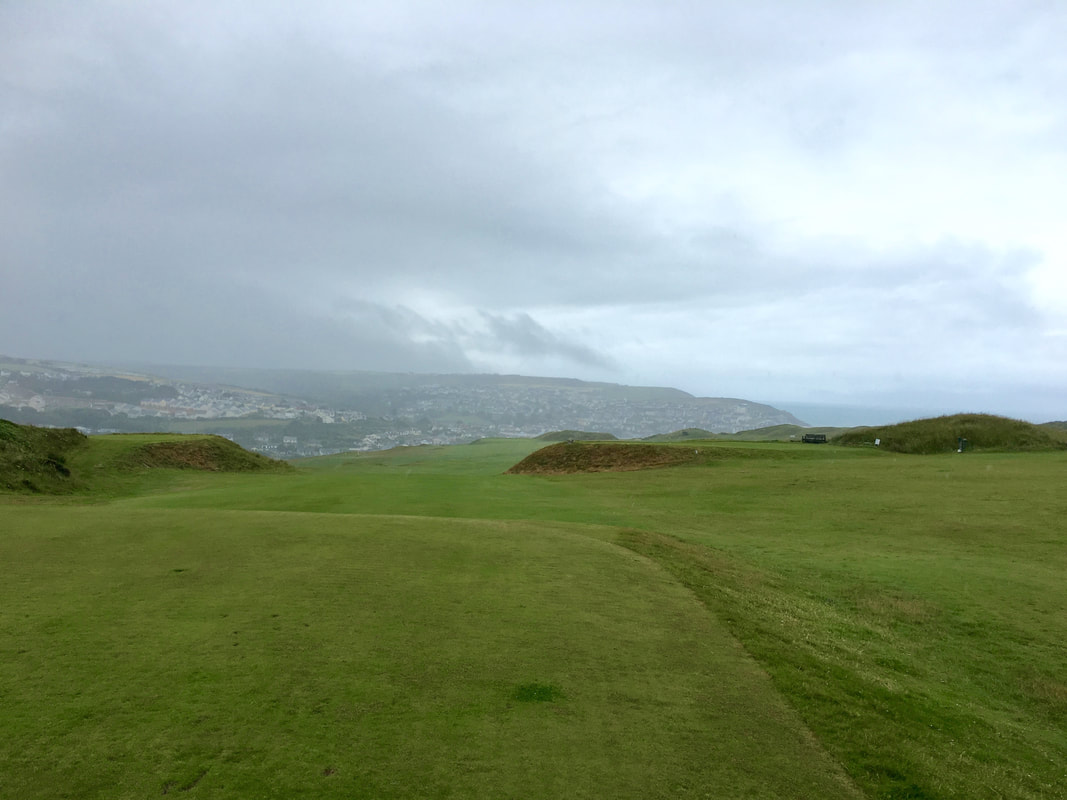
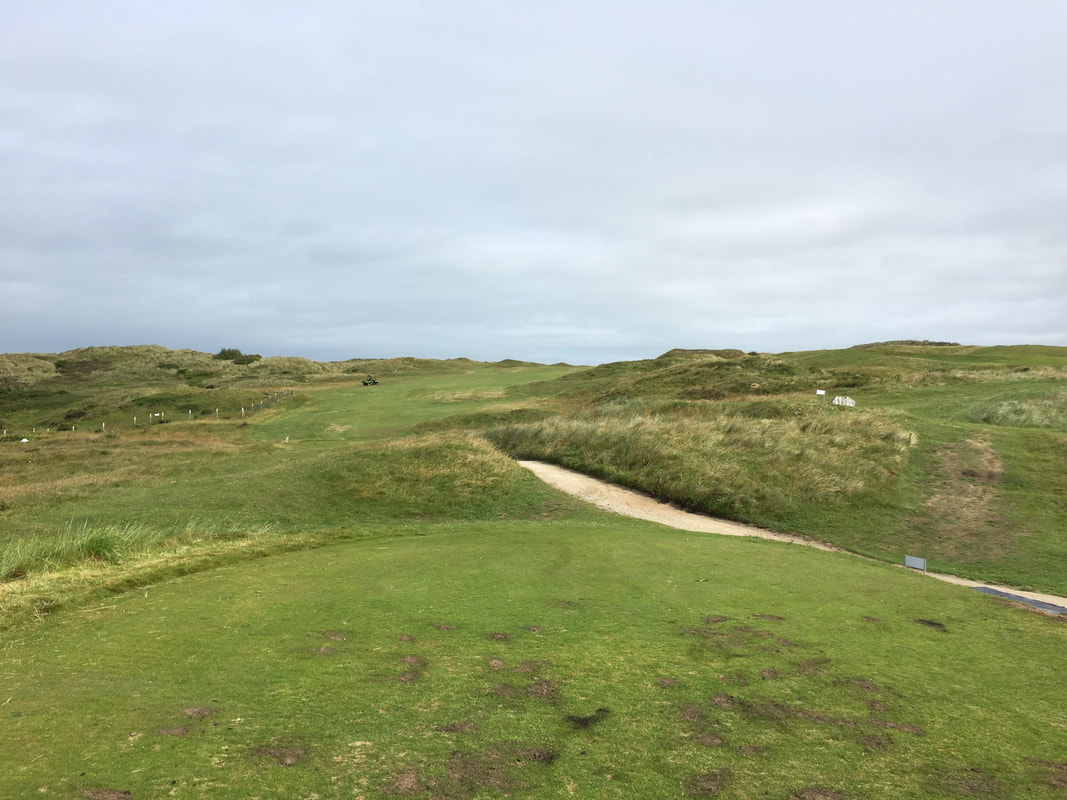
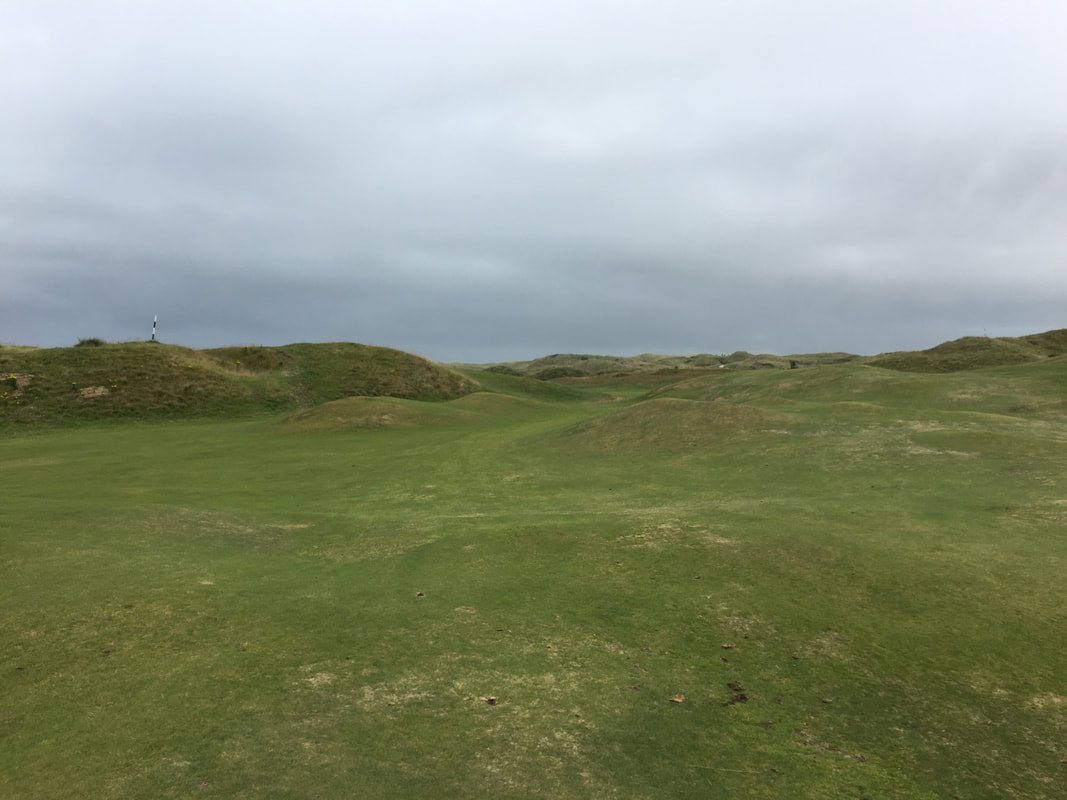
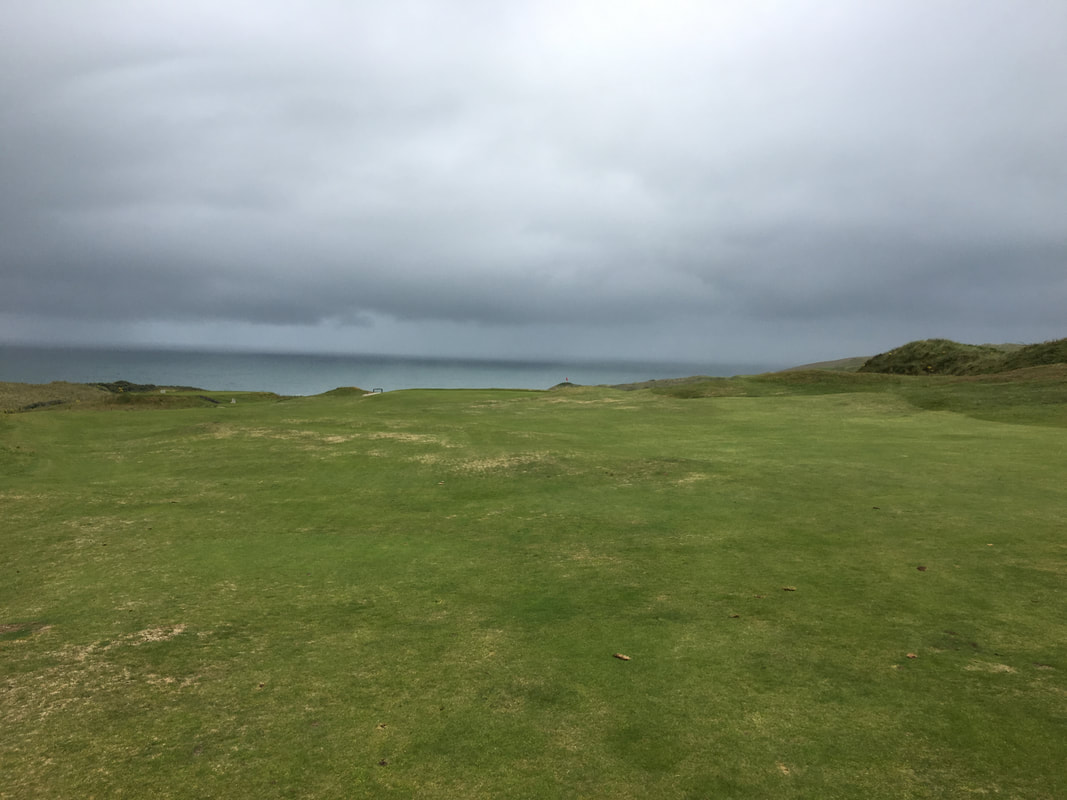
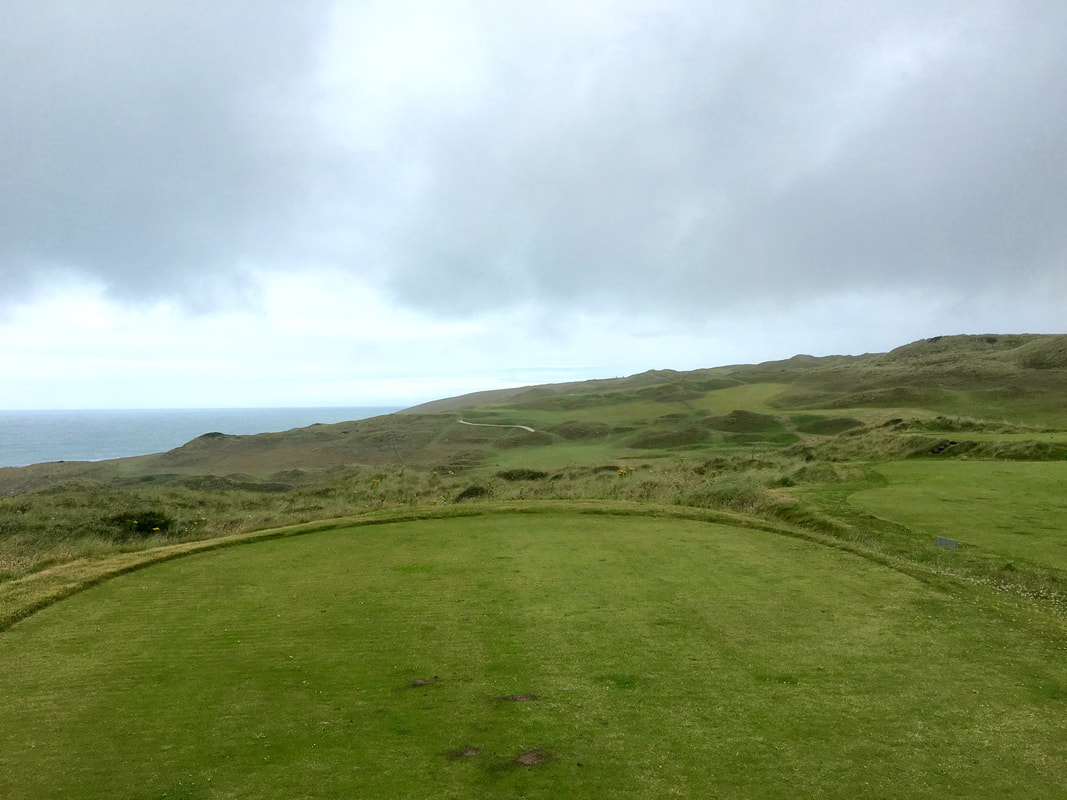
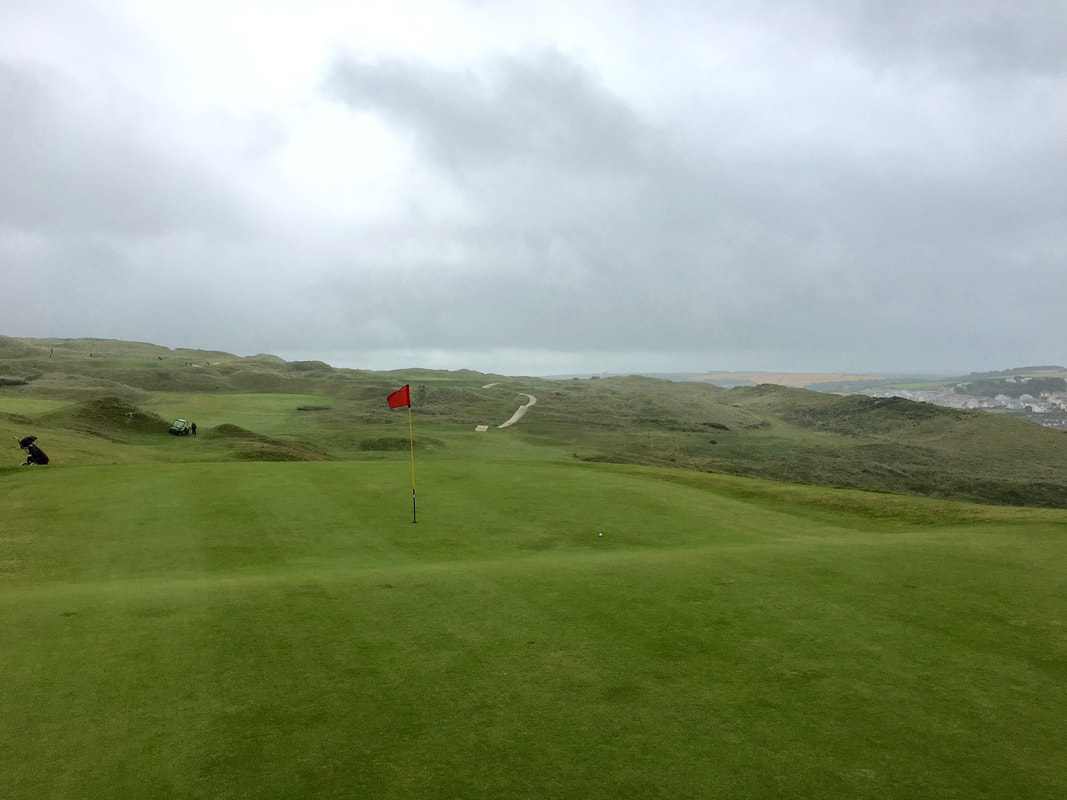
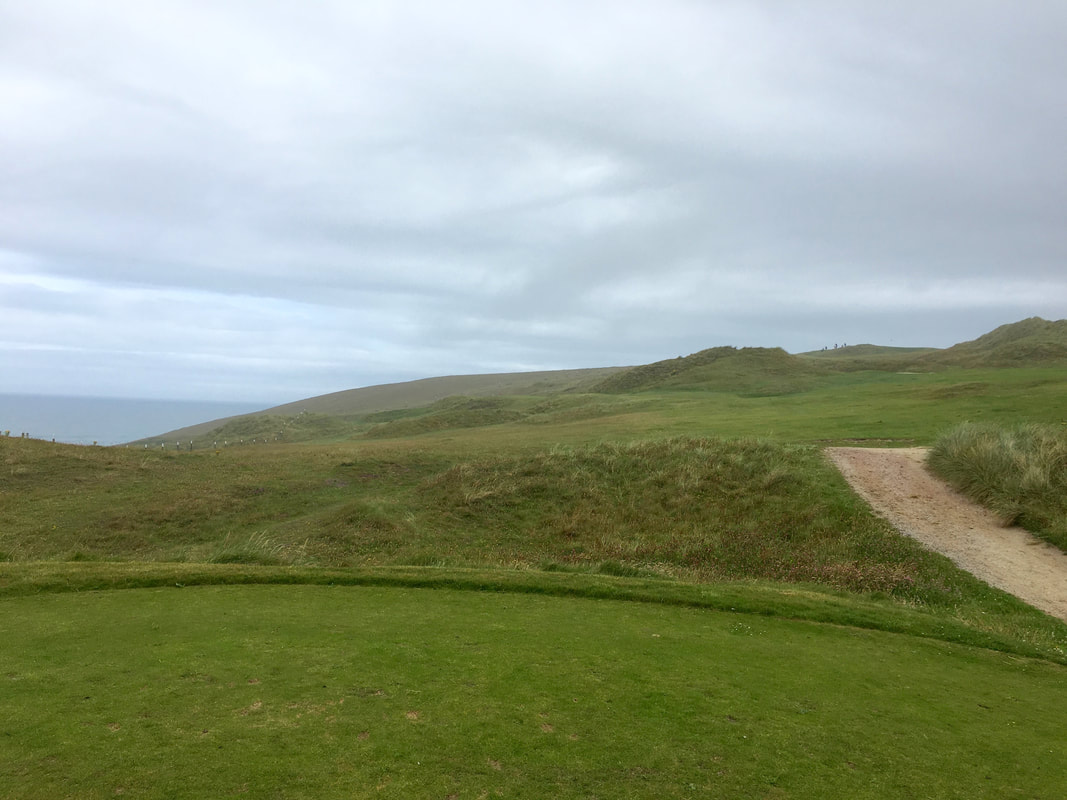
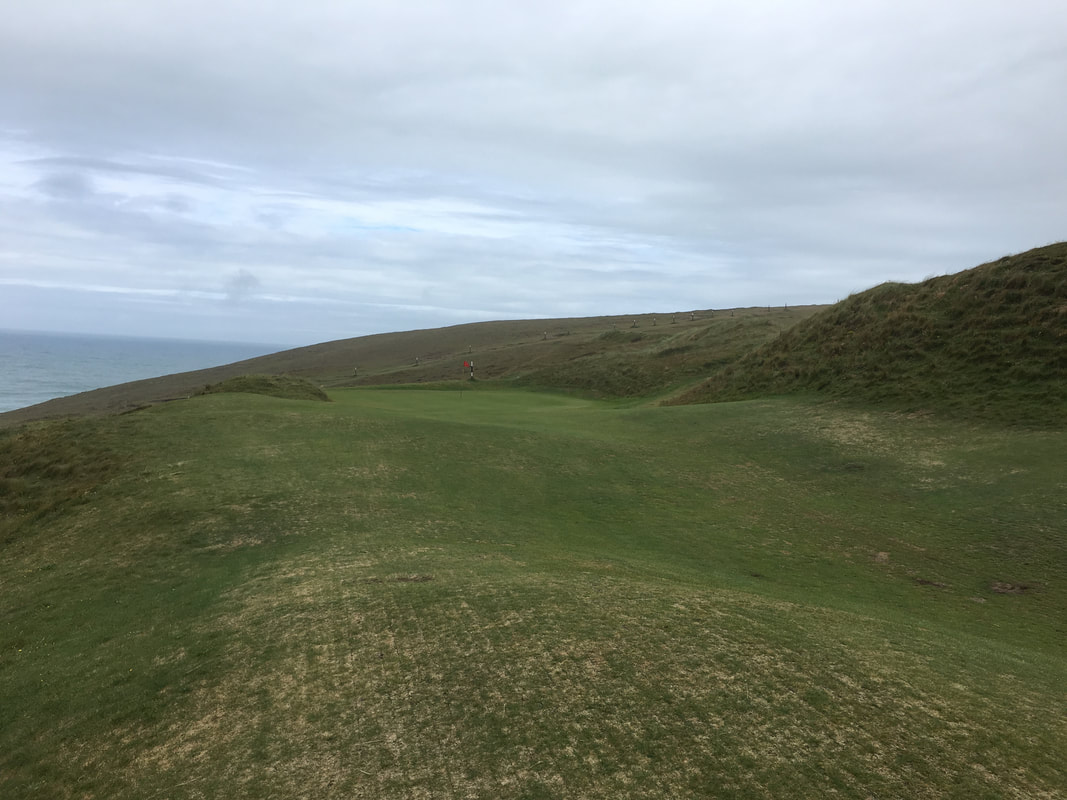
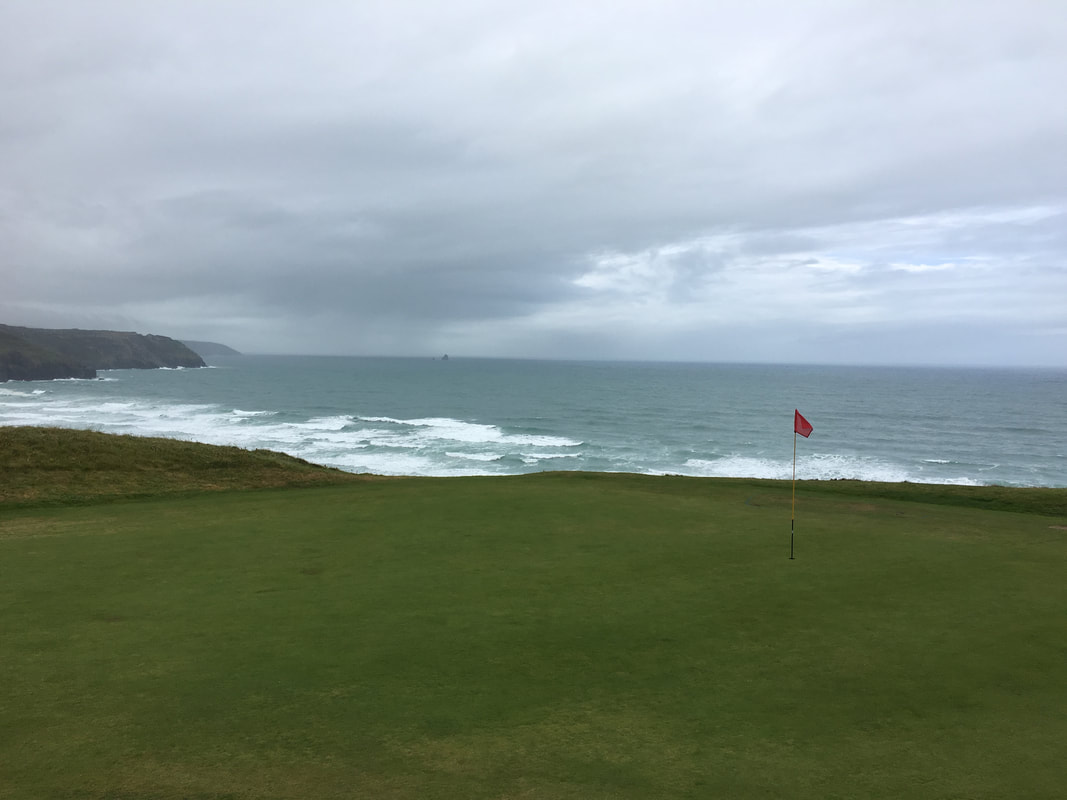
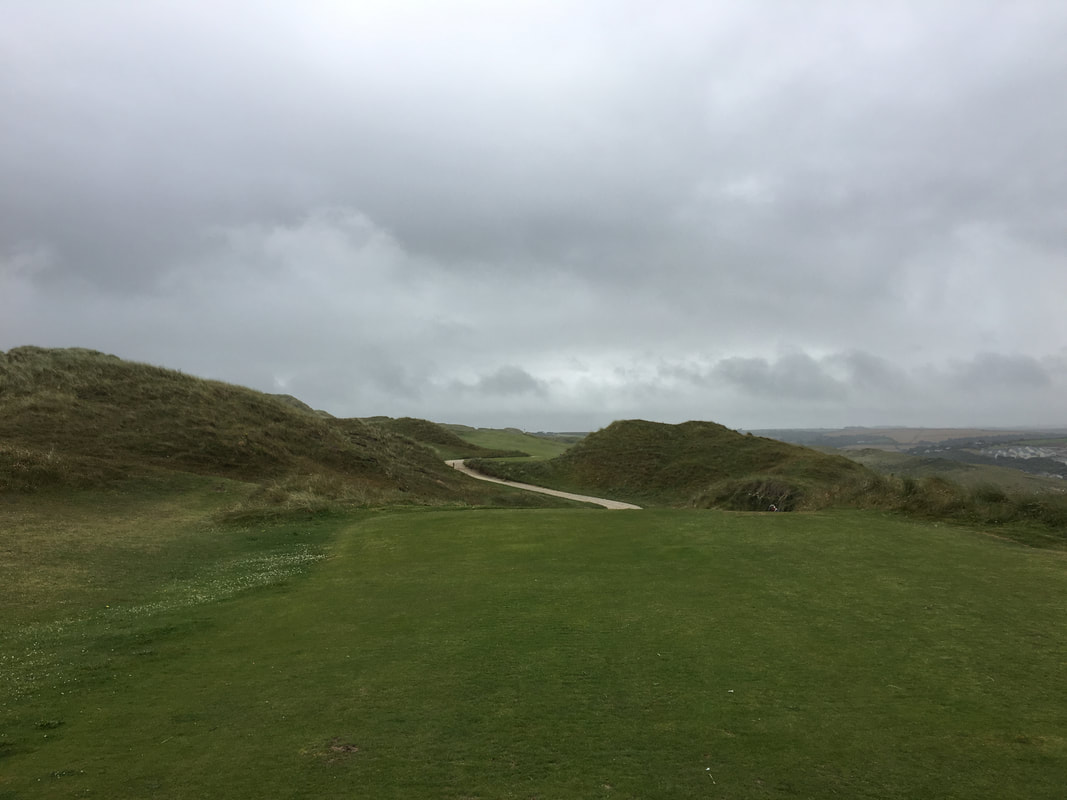
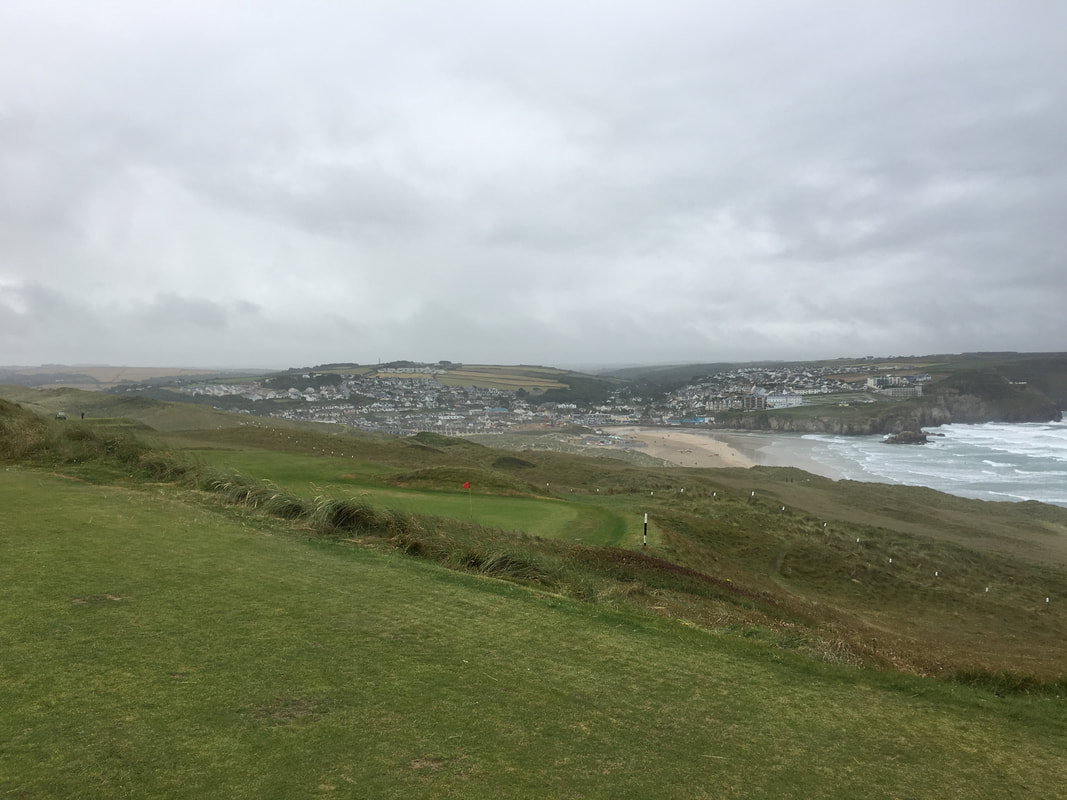
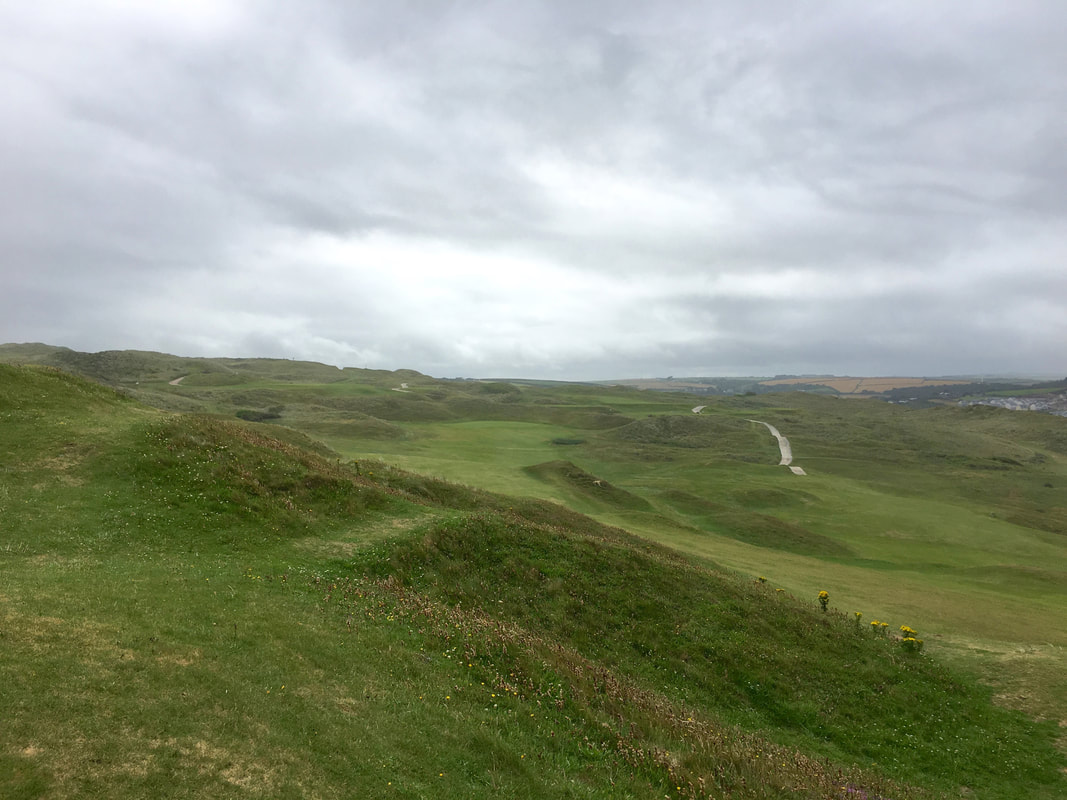
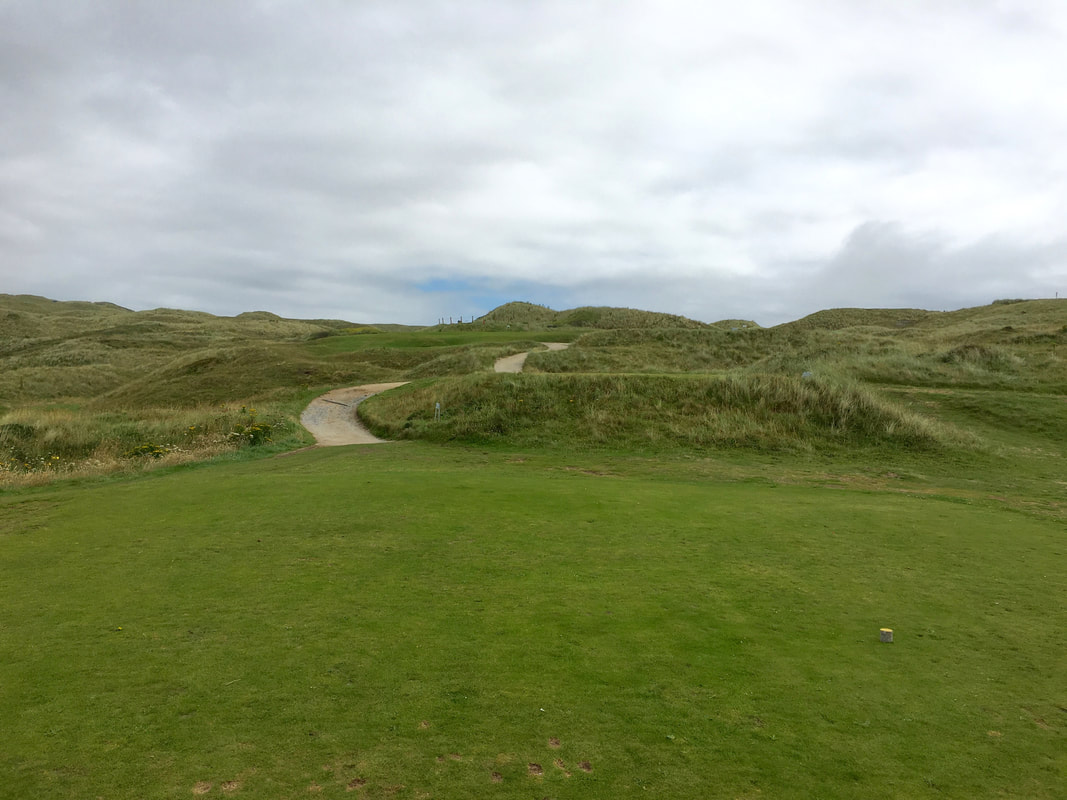
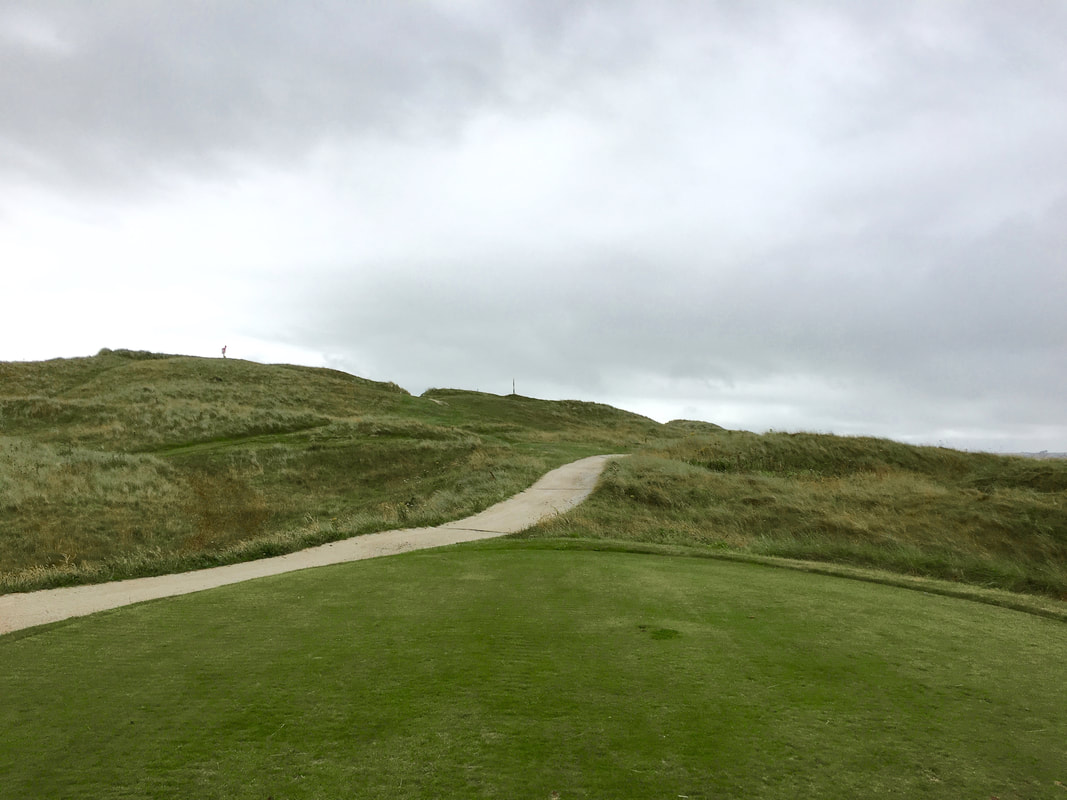
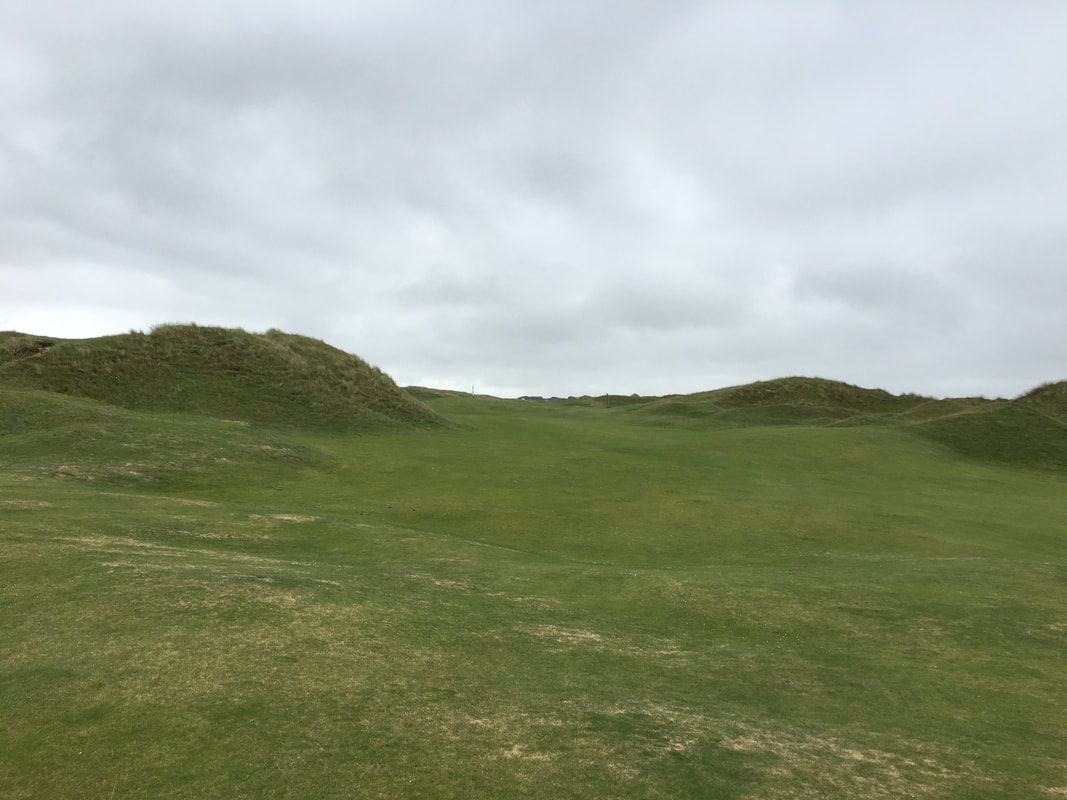
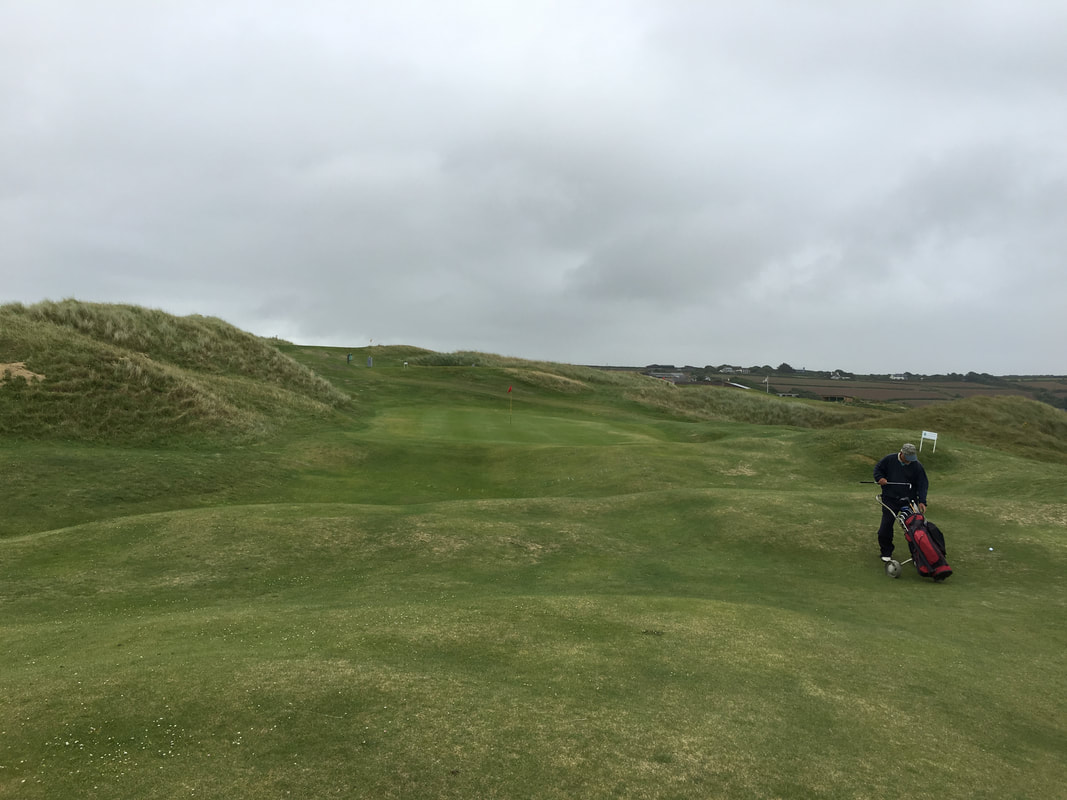
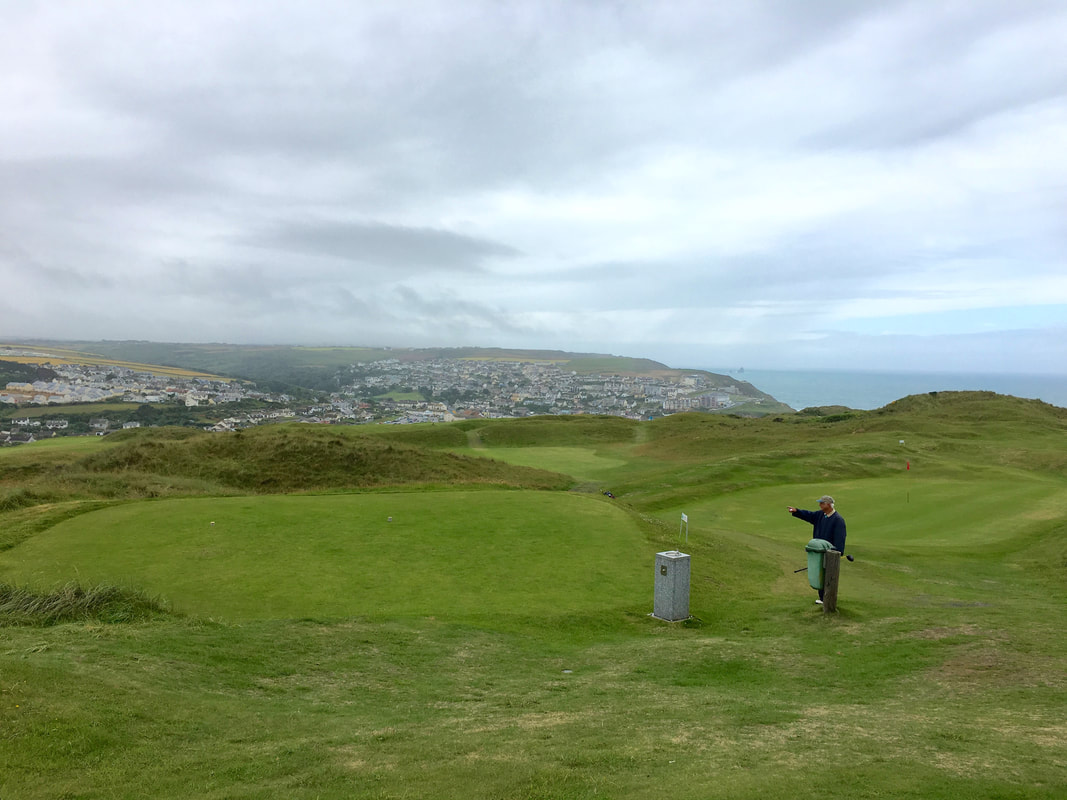
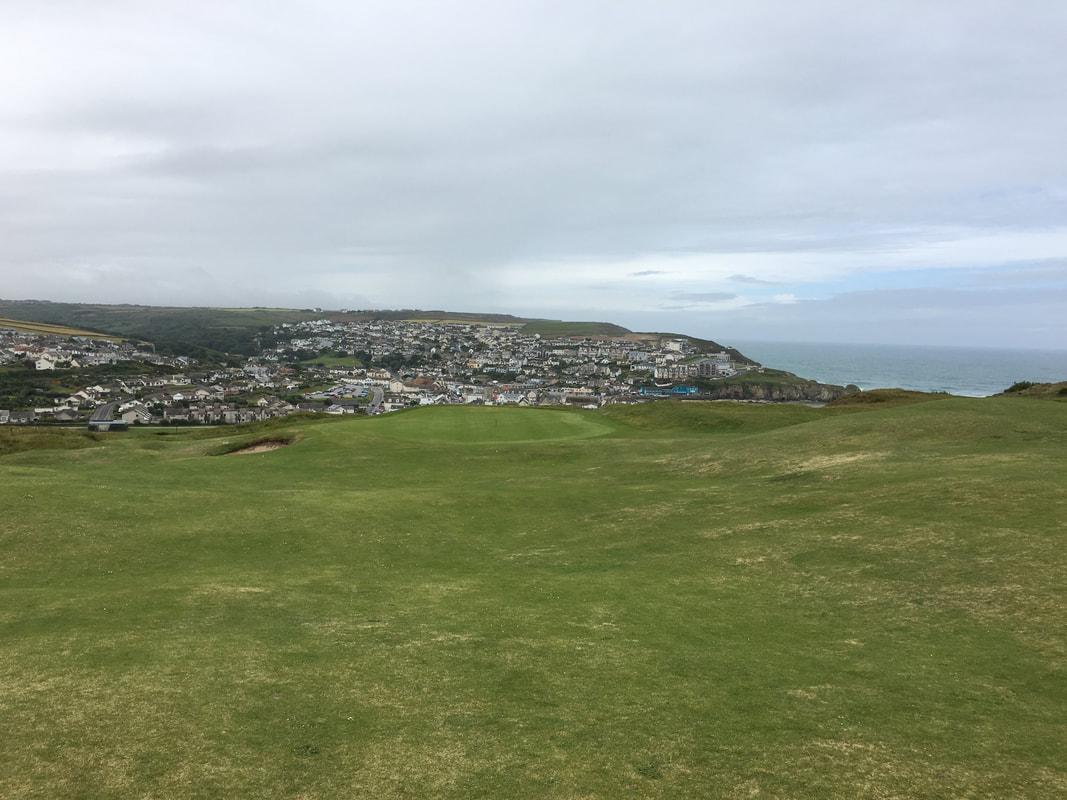
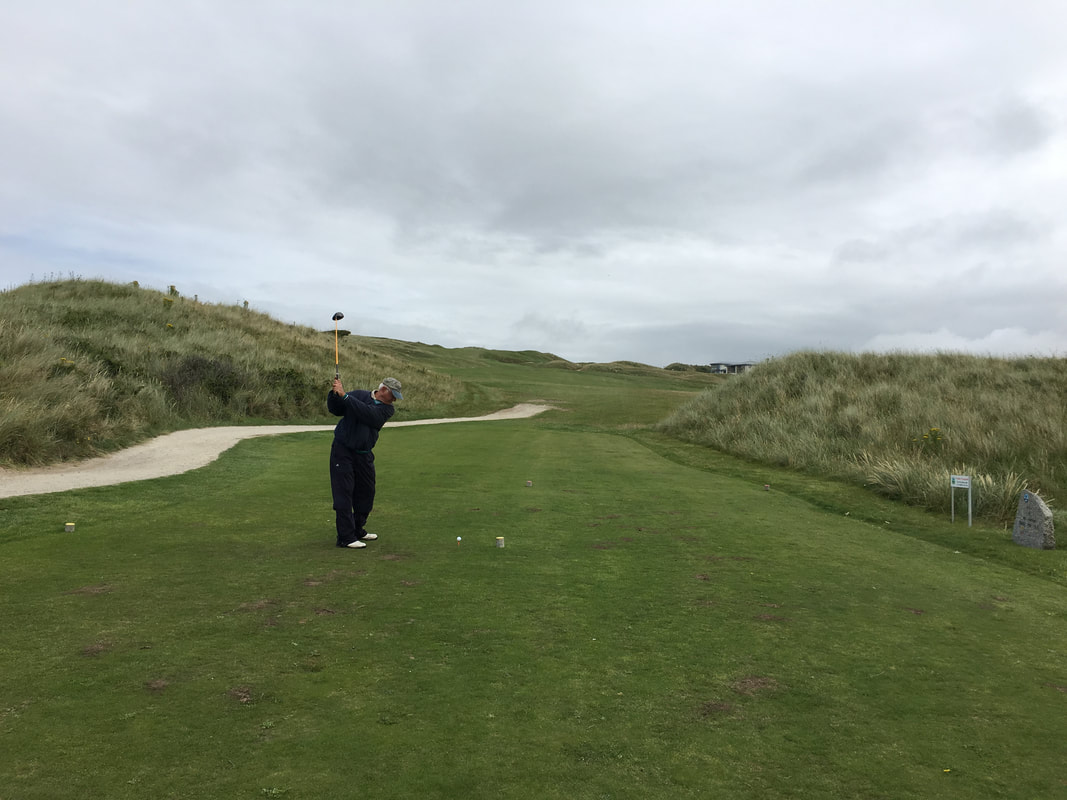
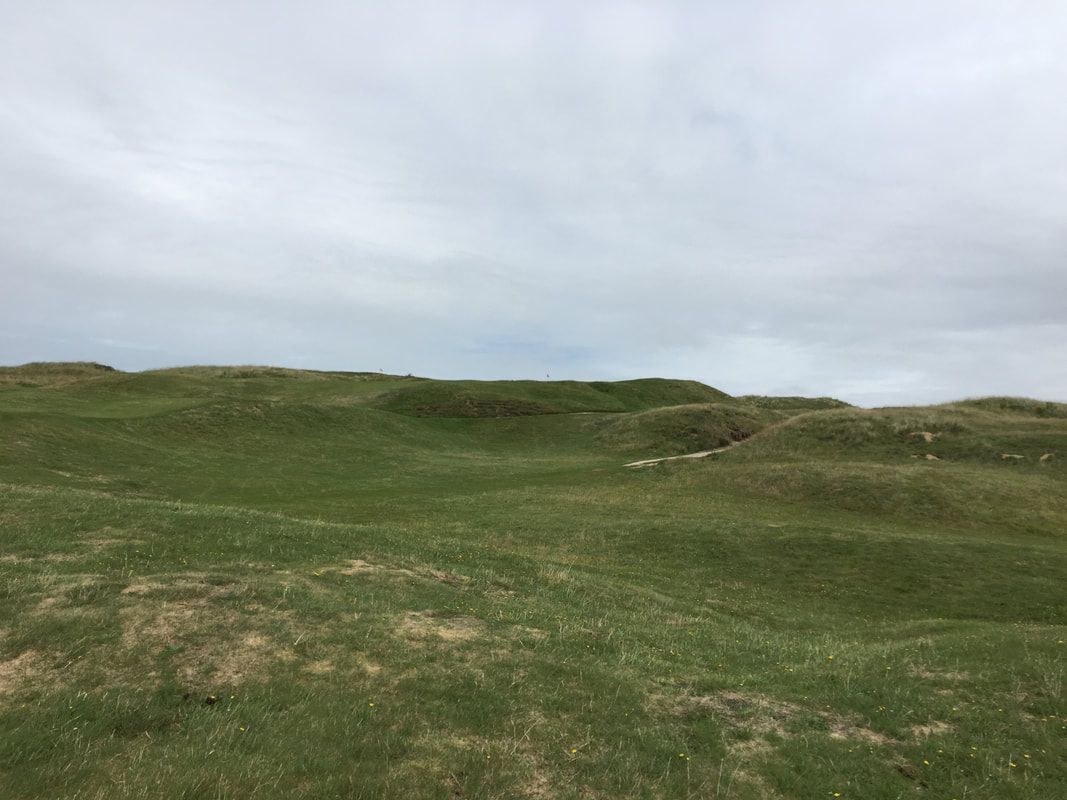
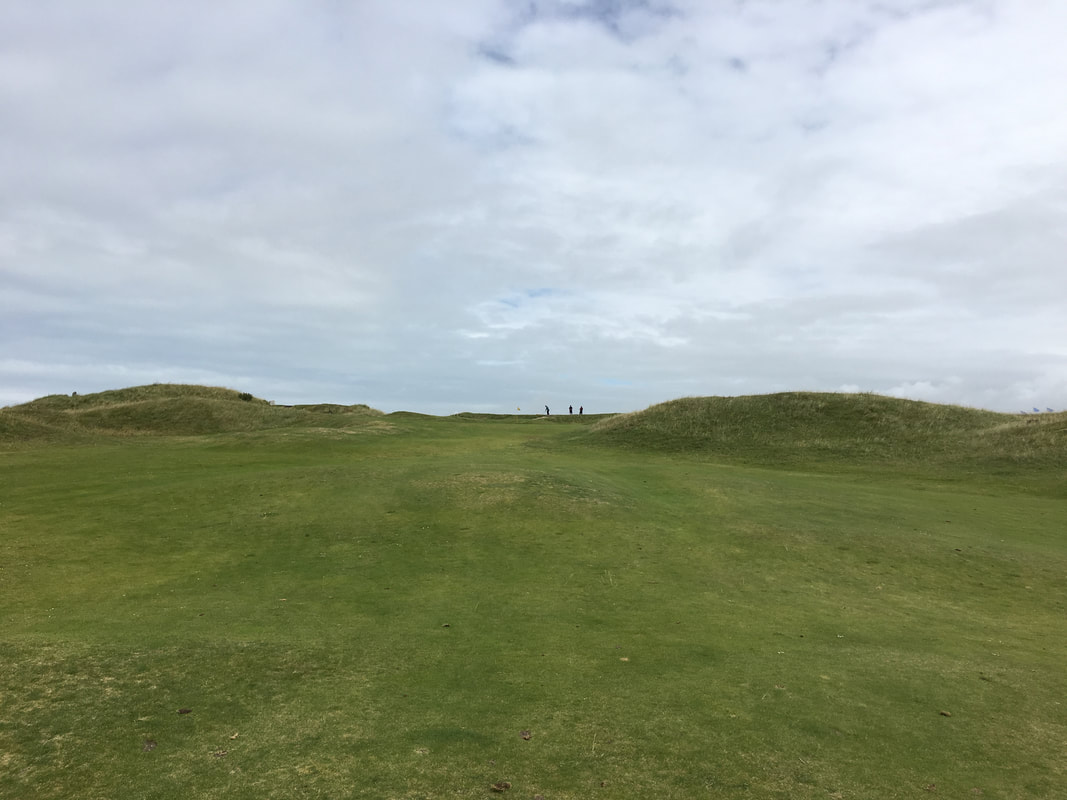
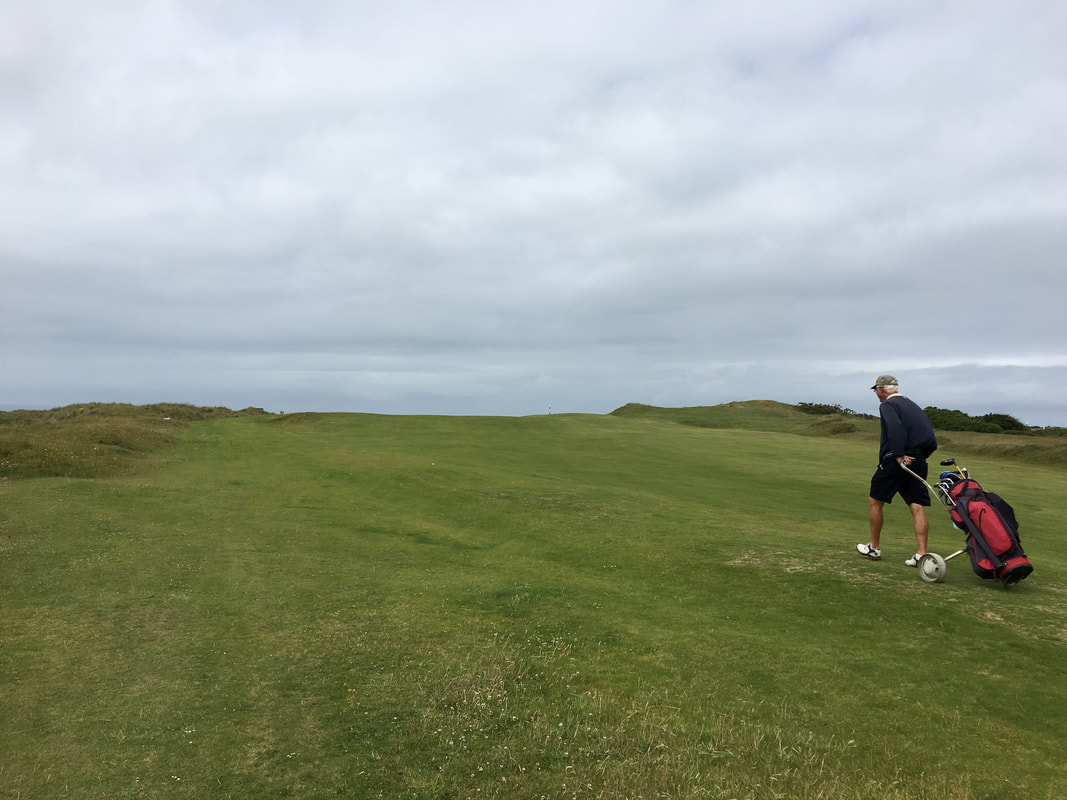
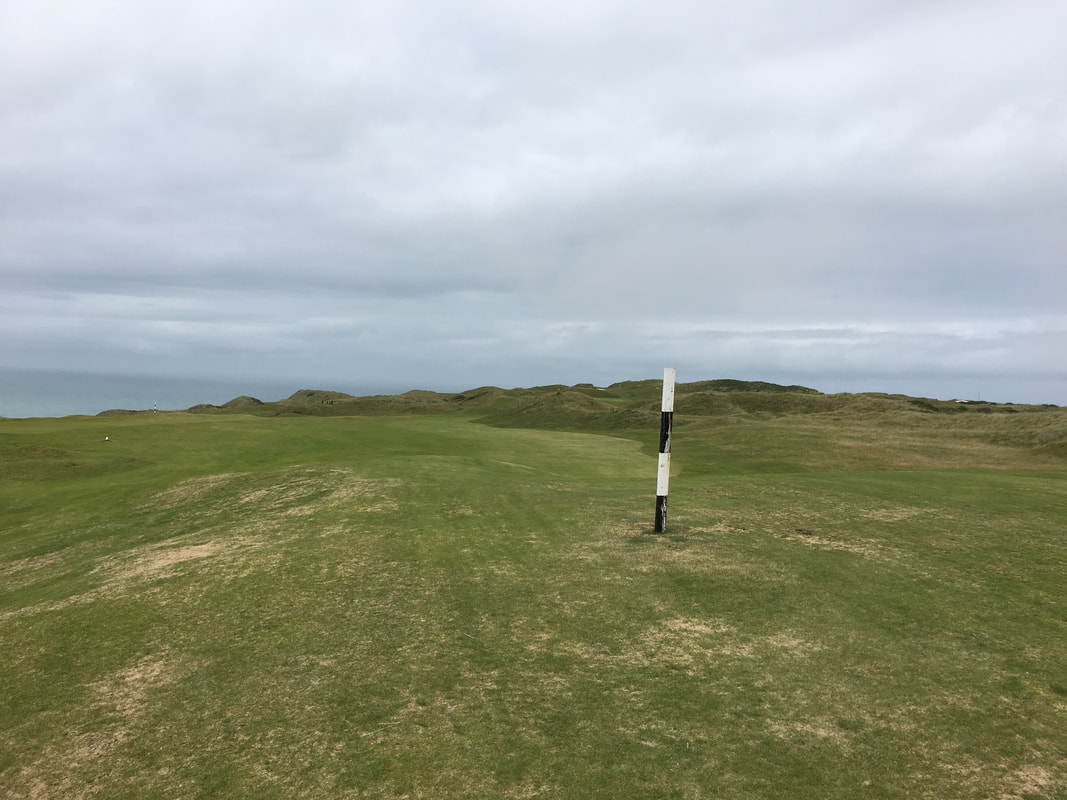
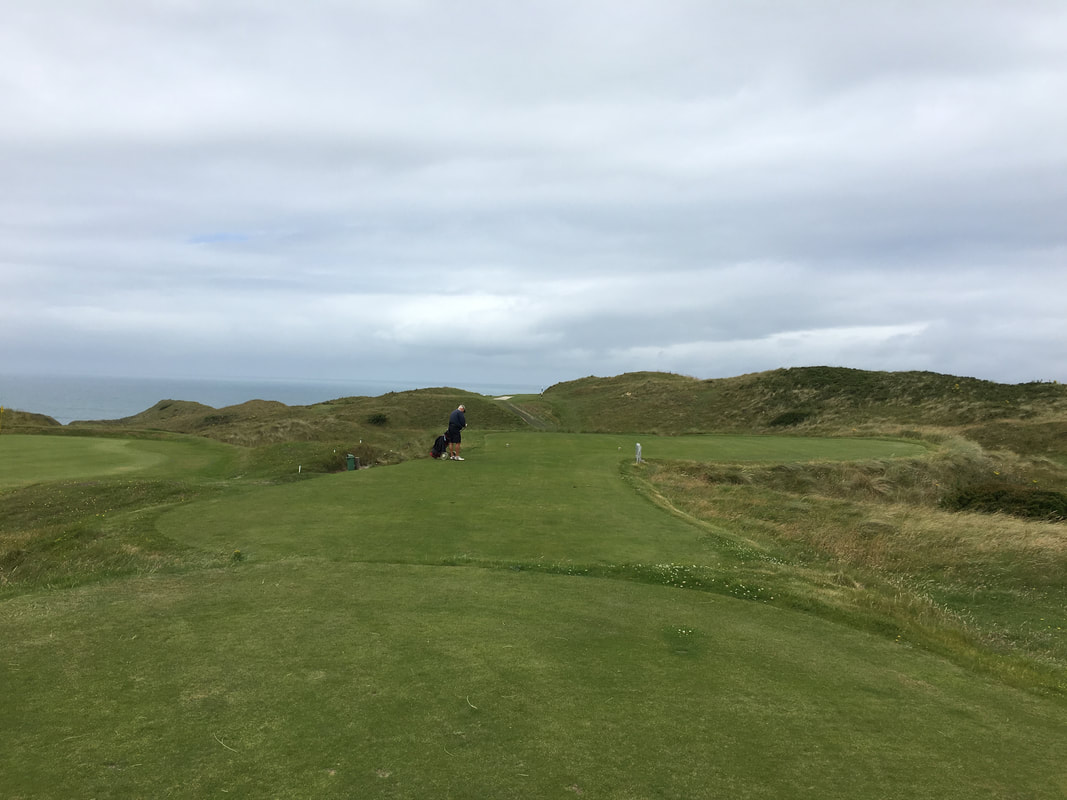
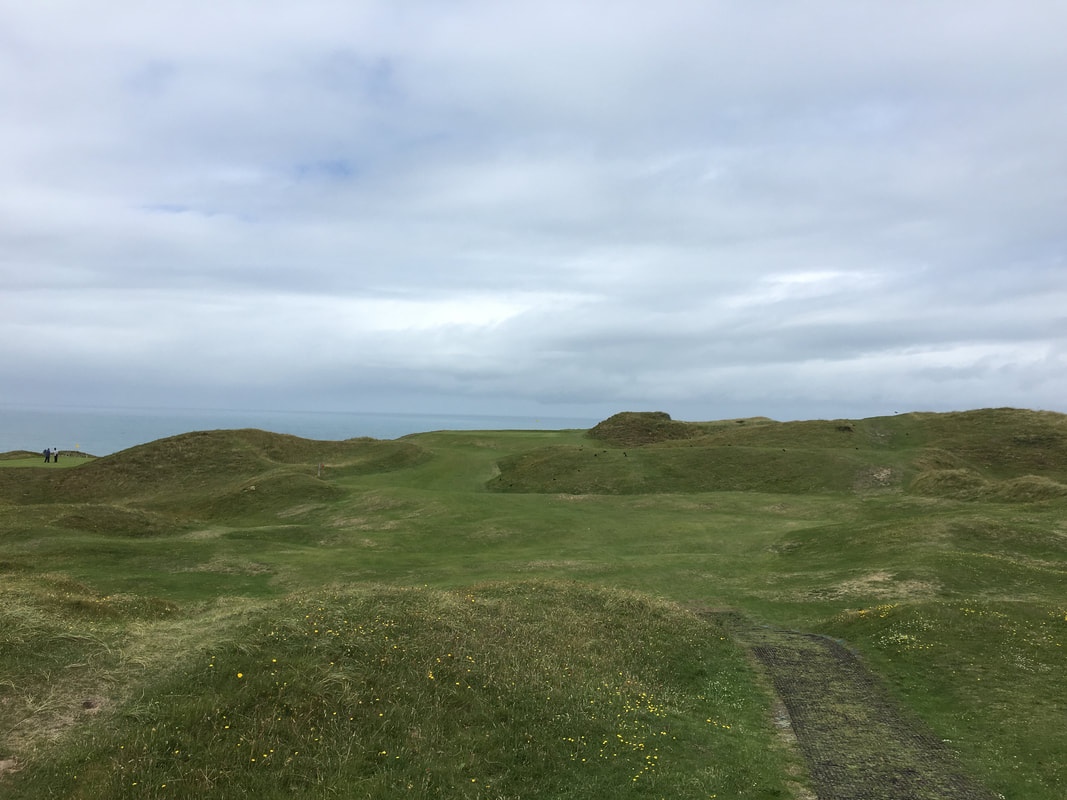
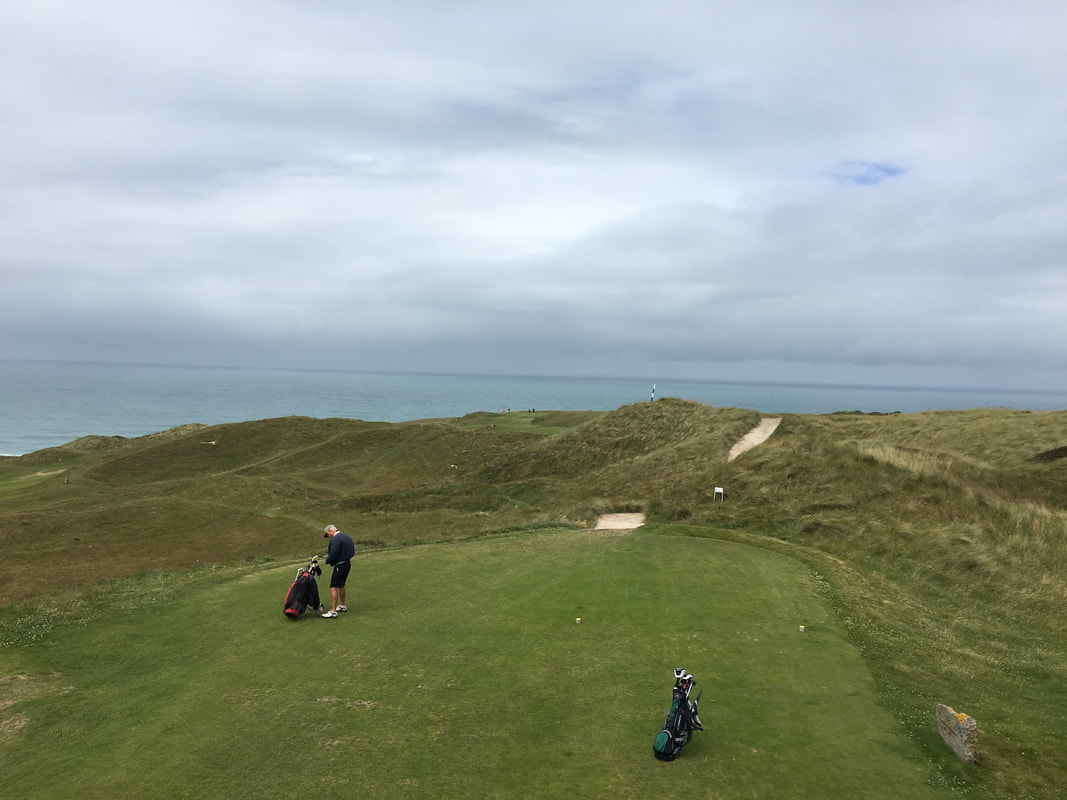
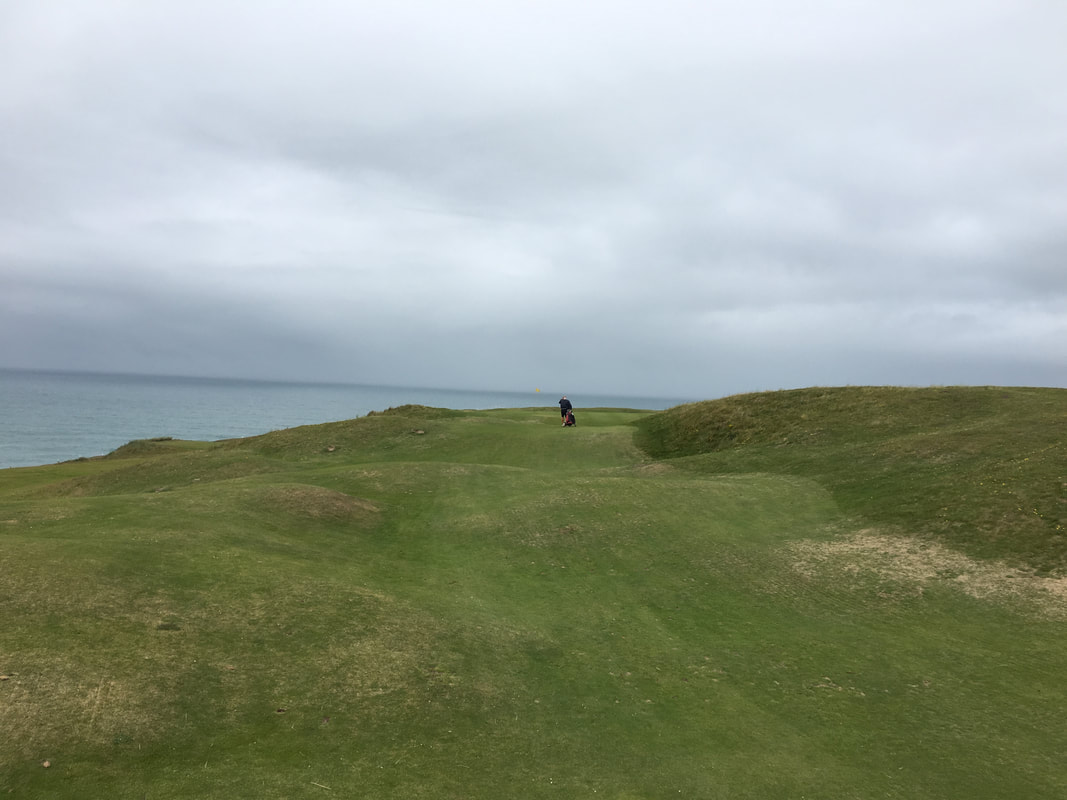
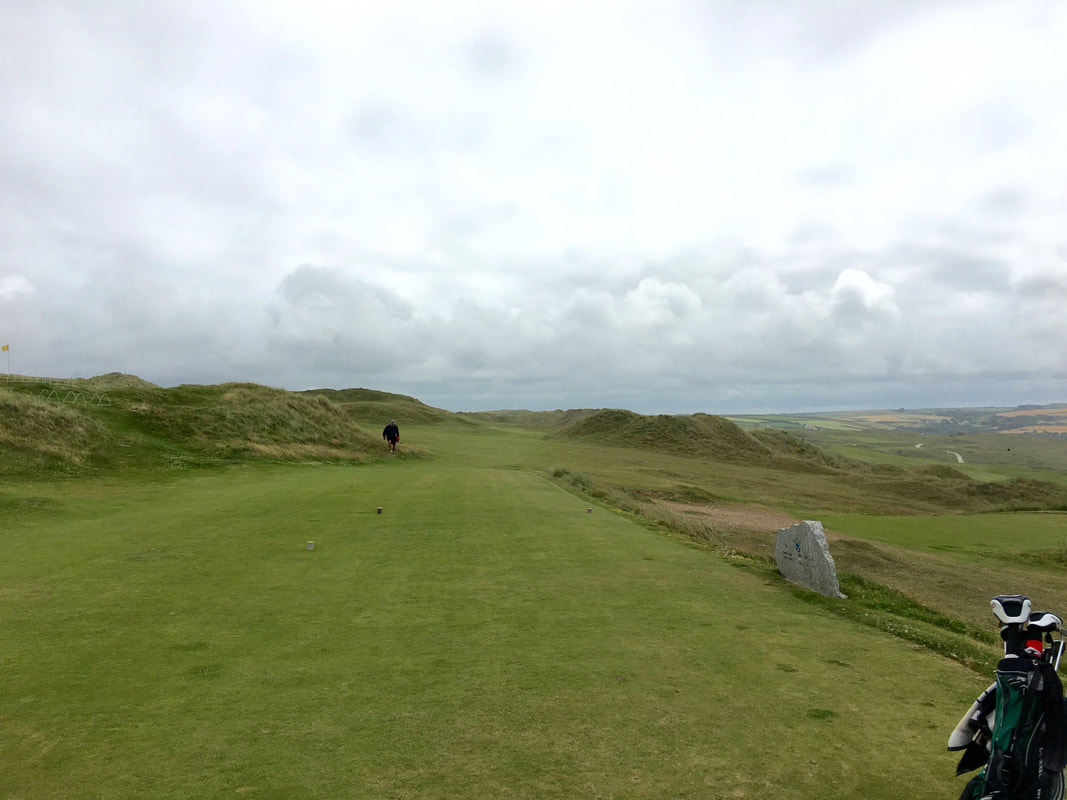
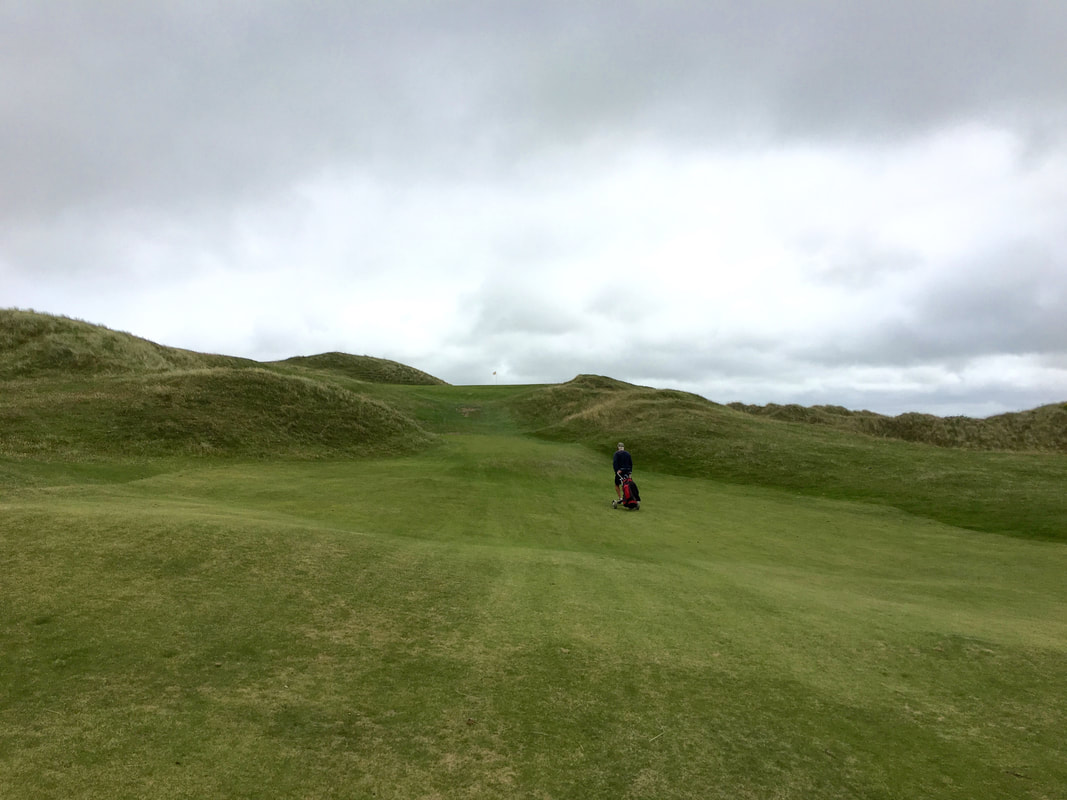
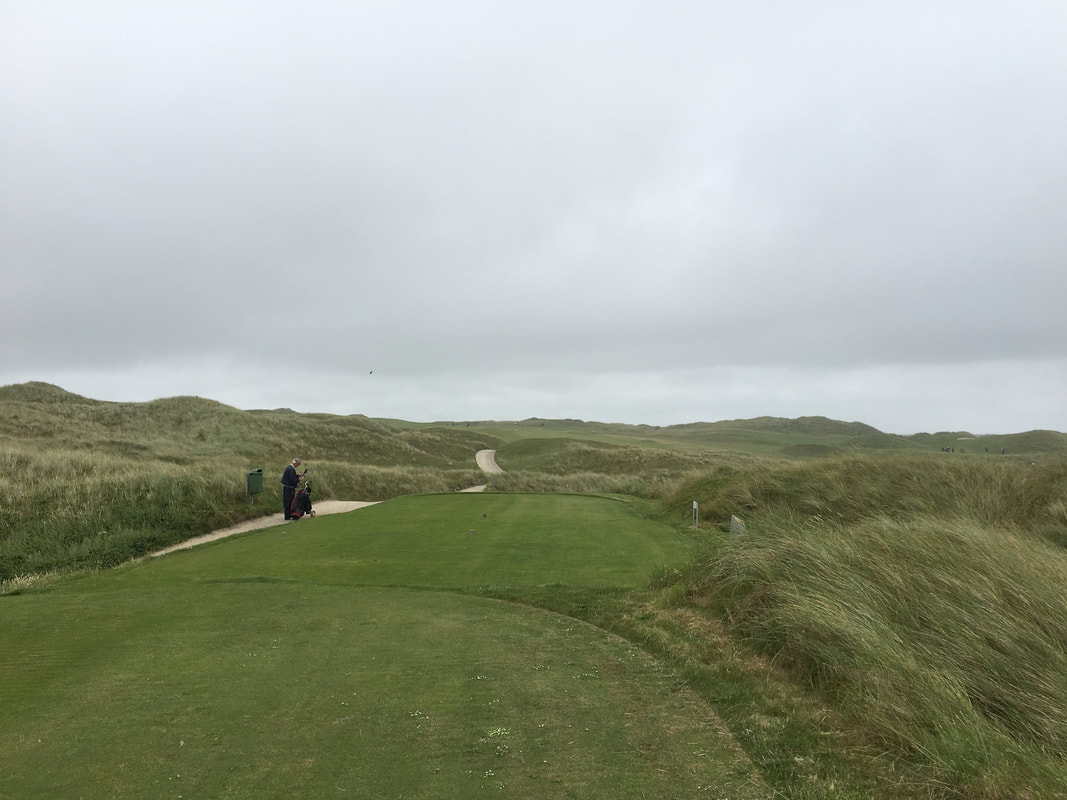
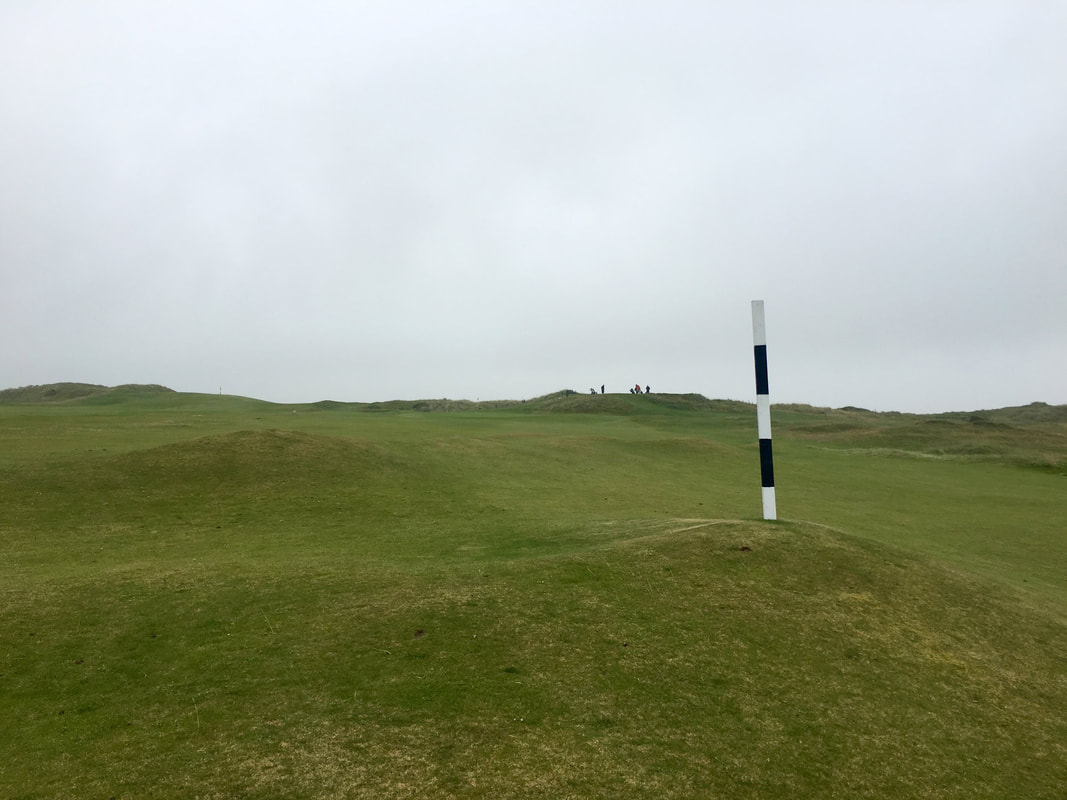
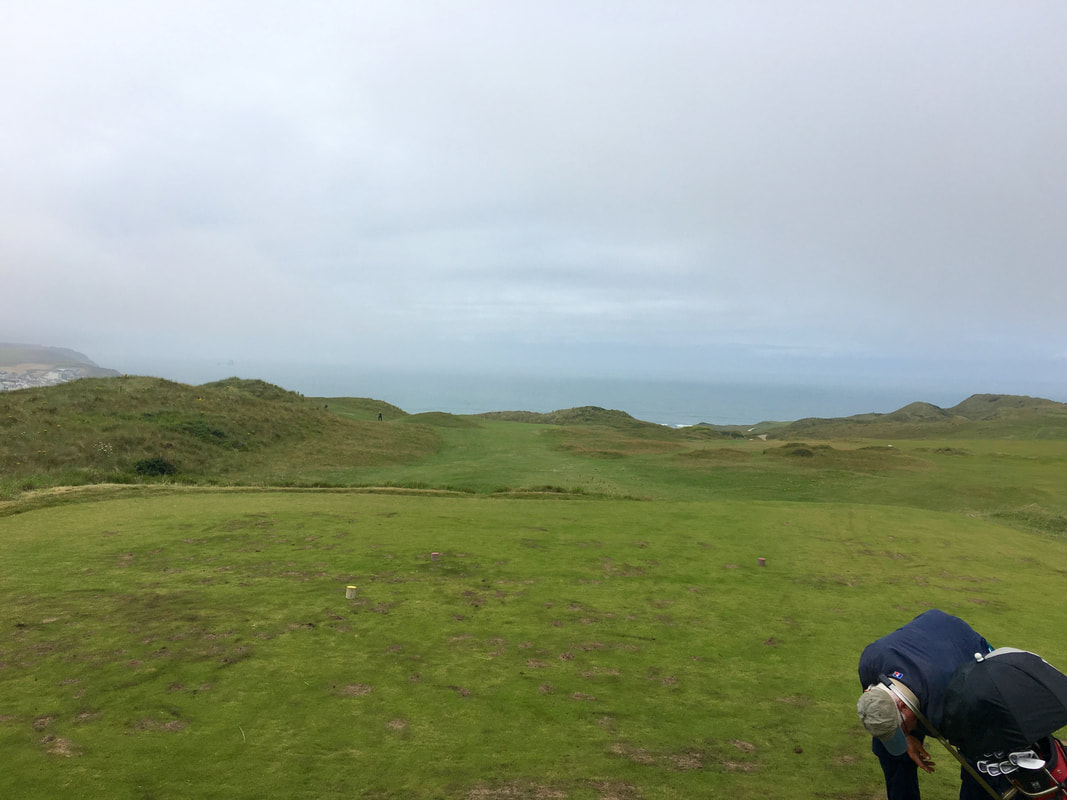
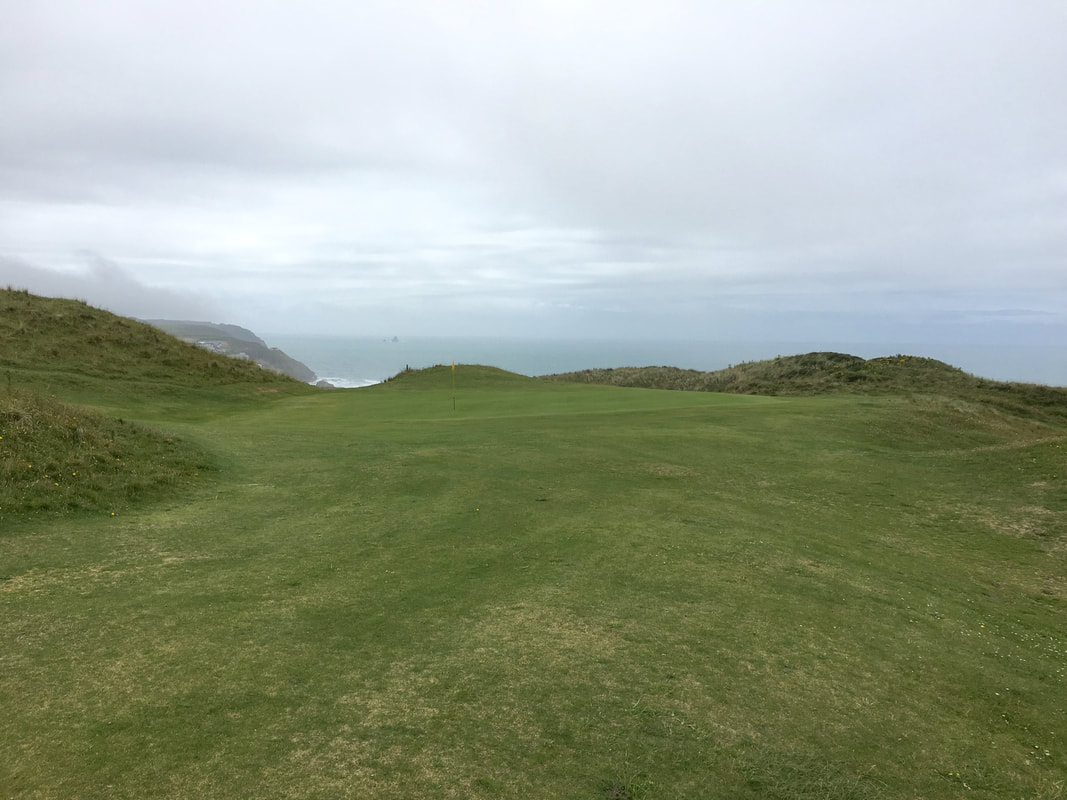
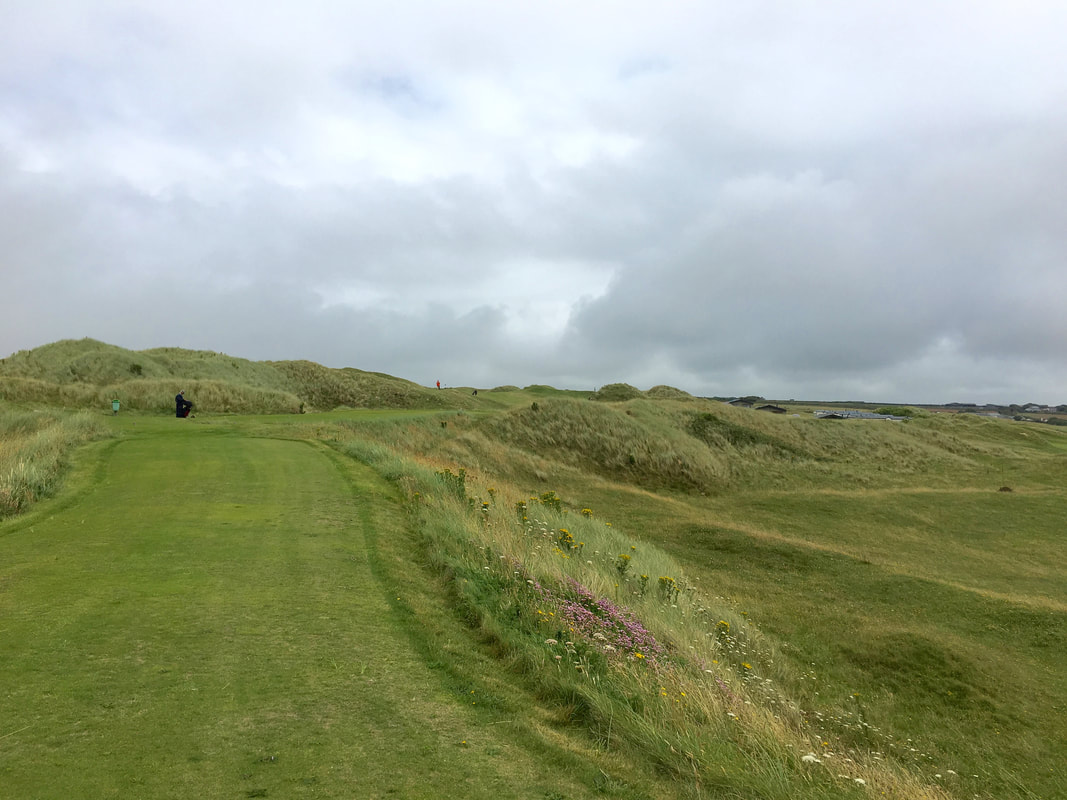
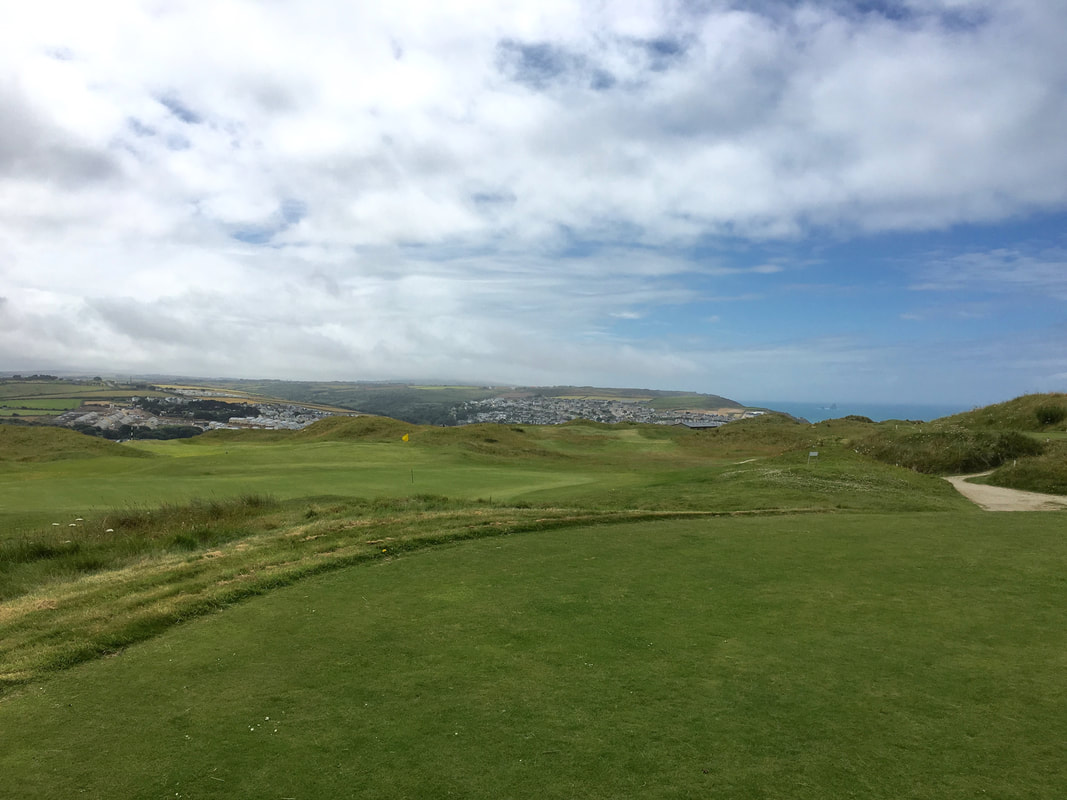

 RSS Feed
RSS Feed